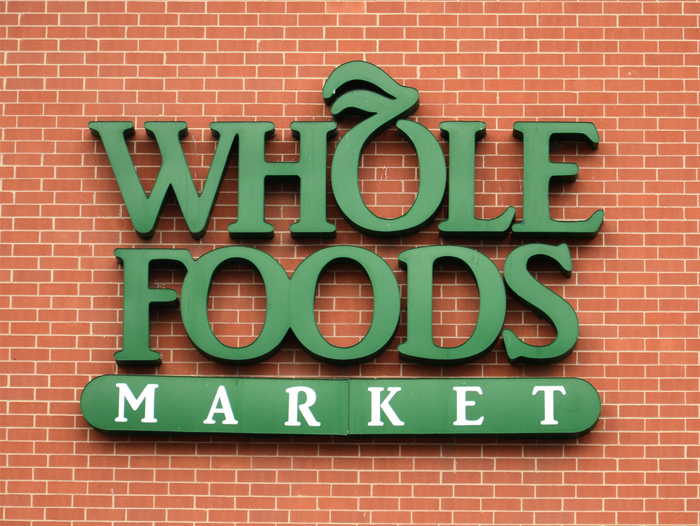How Amazon Changed Whole Foods
June 25, 2019 | 2 min to read

It has been two years since Amazon acquired Whole Foods for $13.7 billion in cash. And over these two years, changes have been made to Whole Foods, at the corporate level and down to the individual store as well. Some of these changes have been for the good, while others have left people questioning what has happened to Whole Foods. In the end, as part of Amazon, it is all about the bottom line, and that is what drives change.
The Prime Effect
The single biggest change has been Amazon Prime’s impact on Whole Foods. In the past, Whole Foods was not known for discounting based on a membership model. Now, however, there are the telltale blue and yellow Prime discount stickers letting shoppers know that organic strawberries or grass-fed beef is on sale this week. For regular shoppers at Whole Foods, these stickers and the new Prime Whole Foods app are quite convenient for when we are looking to stock up.
However, the impact of Prime goes well beyond in-store discounts. In 2014, Whole Foods and Instacart partnered to bring home deliveries to multiple markets. The business model was straight forward: Instacart shoppers would receive an order for a customer, go to the local Whole Foods, complete the shopping trip, and deliver the items to the customer’s house within a specified timeframe. About a year before the acquisition, the two companies extended the partnership with a five-year delivery agreement in which Instacart had an exclusive deal for delivery of perishable goods. With the acquisition, there was clearly a conflict for home delivery, especially given Amazon’s drive to consolidate Prime Now and Amazon Fresh into a single service. Whole Foods and Instacart initially said that the partnership would continue as Amazon’s offerings did not overlap too much with Instacart’s deal to deliver perishables. But it was clearly only a matter of time before the partnership ran its course.
To read the rest of the story, please go to: Forbes
